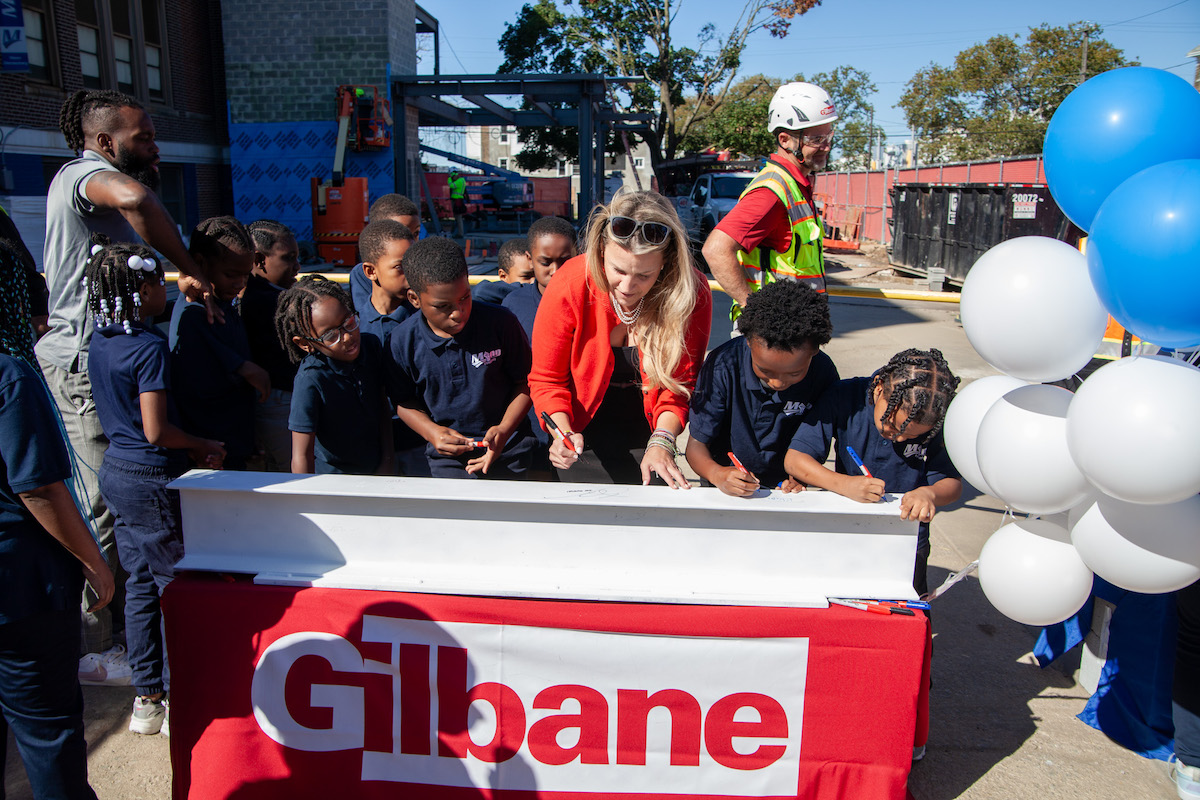Multiple factors make the section of the highway prone to accidents. These include varying pavement widths, slim shoulders, connecting driveways, poor sight lines, and limited sight distance due to the rolling topography. Some sections of SR 4 have a 30 MPH speed limit, yet the project area has a high rate of bad accidents.
In the area where the project is taking place, the fatal plus injury and total accident rate is higher than the statewide average for similar types of facilities.
The project covers 3.2 miles of SR 4 and is phase one of what will ultimately cover 6.5 miles of the roadway. The existing two-lane conventional highway will be replaced with a two-lane access-controlled expressway. The project includes approximately 328,000 cubic yards of roadways excavation, 74,000 cubic yards of rock excavation, asphalt concrete dike, guardrail, drainage improvements, creek realignment, fencing, signing, and pavement delineation.
Upon completion, there will be a new alignment with two standard 12-foot width lanes and 8-foot paved shoulders. The project will improve sight distance by increasing curve radii and incorporating longer, smoother horizontal and vertical curves.

| Your local Trimble Construction Division dealer |
|---|
| SITECH Allegheny |
| SITECH Northeast |
Currently, the shoulders are only 2-4 feet with some stretches having no shoulders, and a ditch beyond the shoulder. This prevents vehicles from pulling off to the side of the road, which hinders emergency vehicles and can lead to back-ups when issues arise.
This has led to some inefficiencies in the earthwork phasing that the contractor had not foreseen, as the project was designed to have balanced earthwork between phasing at bid time. It has also impacted traffic handling sequencing, which required additional work arounds. Several new structures were also designed and will be completed next season.
The team has faced other challenges, including delayed utility relocation. As part of the project, Pacific Gas and Electric had to relocate poles and overhead lines that conflicted with the new alignment. “Due to unforeseen factors which delayed the relocation, these existing overhead lines required phases of the project to be delayed by at least a year, creating additional inefficiencies in planned earthwork phasing,” says Lacey Smith, Assistant Resident Engineer with UNICO, which is providing construction management services for the county.
The area is surrounded by cattle ranches, and cattle getting on to SR 4 is a concern. “The new alignment goes through cattle fields,” Smith says. “We had to put up new fencing before we could remove the old fence, and it has to be maintained stock tight, which has required great coordination with the land-owners and the contractor.”
Another challenge was the extraordinary hard rock in the area. The contractor planned to excavate most of the rock via bulldozers with rippers, according to Greg LeBlanc a Project Executive with Sukut Construction. “However, after using Caterpillar’s largest and most powerful dozer – a D11, there was still a great deal of unrippable rock remaining,” LeBlanc says. This led to more blasting than they originally planned, which is a slower process that impacts the schedule.

| Your local Trimble Construction Division dealer |
|---|
| SITECH Allegheny |
| SITECH Northeast |
Other issues included traffic control, the entire site having naturally occurring asbestos (this includes supplemental testing and engineering controls which have the potential to impact cost and schedule), permit requirements, and procuring labor and materials to the remote location in a timely and cost-effective manner.
The $19 million contract with Sukut is going to be adjusted. This is due to the additional engineering services, the redesign, which includes some inefficiencies, and the disruption of the initial sequencing. Funding for the project comes from local, state, and federal sources, including State Highway Operation and Protection Program (SHOPP) funds, State Transportation Improvement Program (STIP) Regional Improvement Program, SB1 Local Partnership Program (LPP) funds, and Road Impact Mitigation (RIM) funds.
The same issues that tripped up the budget have also impacted the schedule. Construction began in the Spring of 2022 and was expected to conclude in August 2023 but should be substantially complete as of December 2023.
Infrastructure projects happen for various reasons. However, safety is always a component. That’s particularly so with the SR 4 Wagon Trail Realignment Project. Smith believes the improved safety along SR 4 in the project area will encourage more drivers to use the road.







































































